YouTube Converters Explained: A Full Legal Breakdown
There's a lot to learn when it comes to YouTube, Fair Use, and converter tools
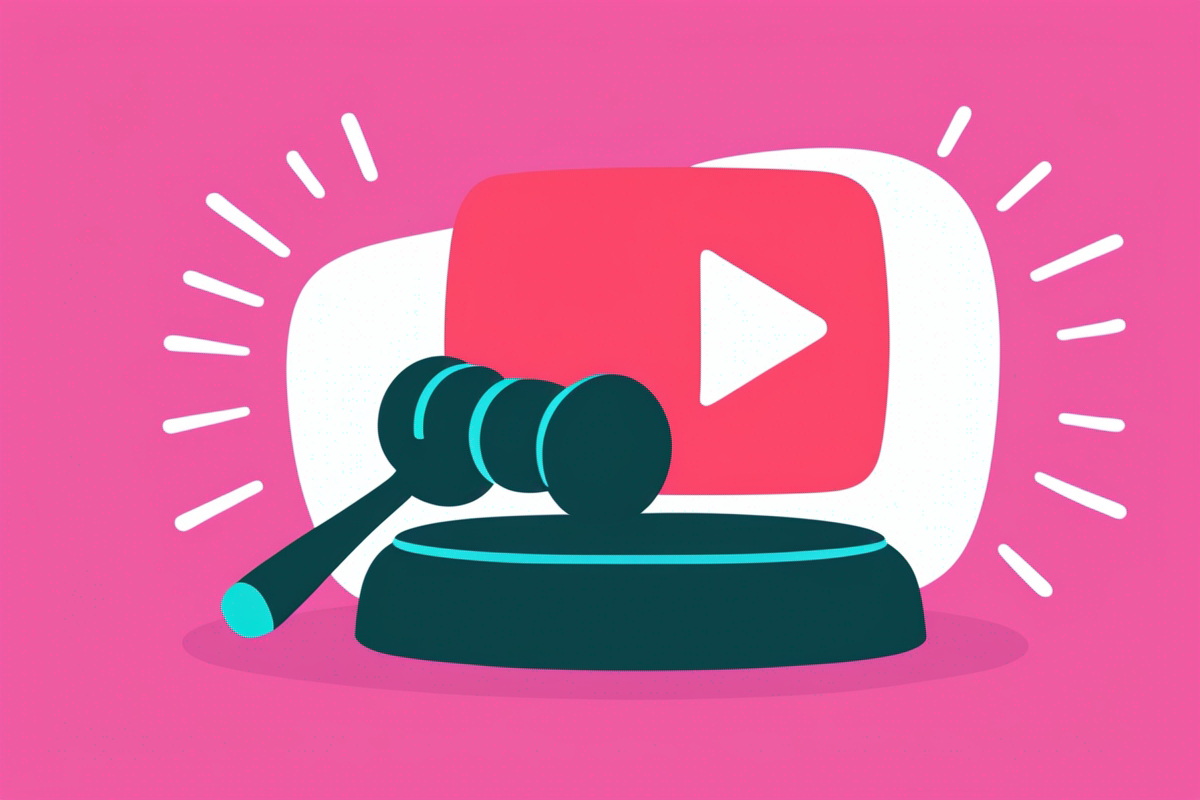
Since the days of LimeWire in the early 2000s (stick with us, Gen Alpha), most members of the general public have dabbled in digital piracy.
In fact, 63% of Americans admit to illegally downloading or streaming video content at least once.
However, when it comes to converting YouTube videos into MP3 files, there has always been some confusion. Perhaps it's because finding a YouTube converter on Google today is just as easy as downloading a dodgy ringtone onto a Nokia 3310 was 16 years ago.
In this article, we will explain everything there is to know about using YouTube converters, the potential risks that come with it, and safe alternatives.
- Is it Legal to Convert YouTube Videos to MP3?
- How to Legally Download and Convert Videos From YouTube
- Does Converting Content Help Fair Use Defenses?
- What Happens If You Break YouTube's Terms of Service?
- How Kapwing Can Help with Fair Use and YouTube Guidelines
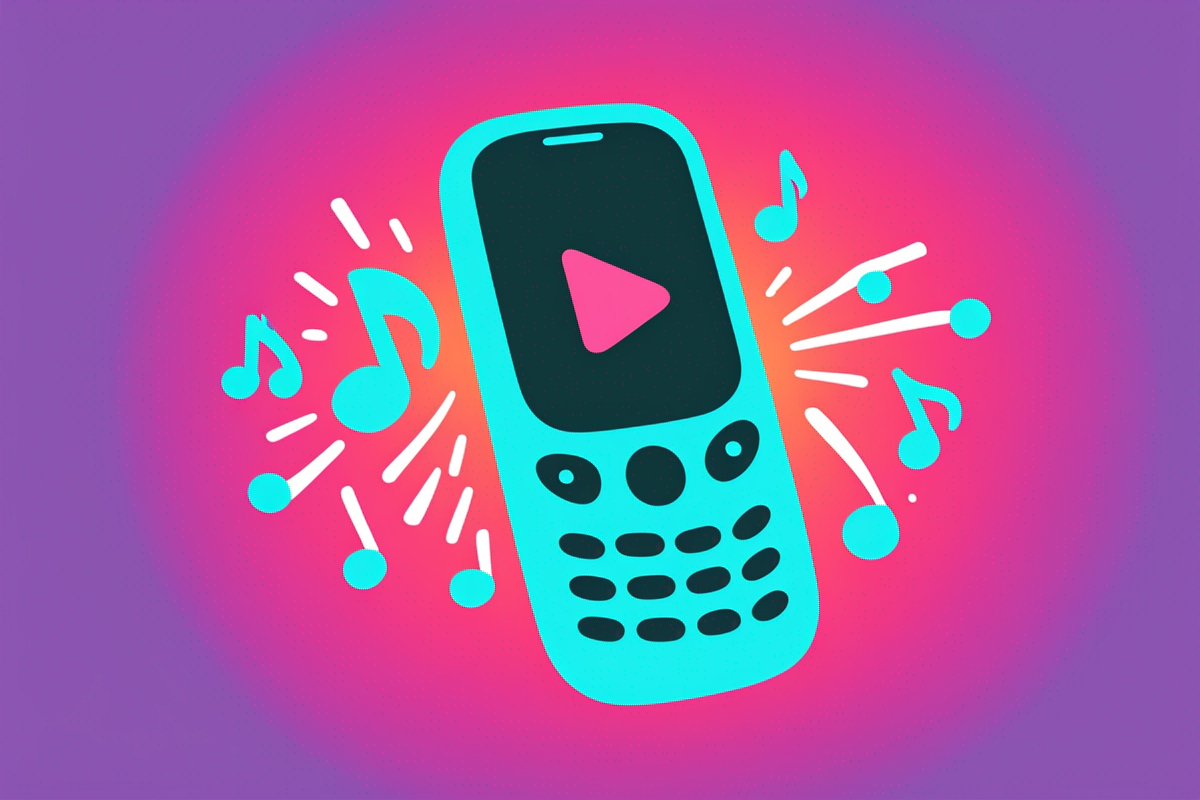
Is it Legal to Convert YouTube Videos to MP3?
There are many variables when considering whether converting a YouTube video to an MP3 is legal. In most cases, however, the process involves copyright infringement, which creates an unauthorized copy of content.
YouTube’s Terms of Service also prohibit downloading, copying, or using their content with proper permissions, so you could face both legal and YouTube-specific repercussions.
MP3 converter tools like YouTube-DL, EZmp3, YTmate, and YTD Video Downloader violate YouTube's guidelines, undermining content creators' rights and YouTube’s business model.
However, there are some exceptions worth considering.
How to Legally Download and Convert Videos From YouTube
Various legal defenses may allow you to download and convert YouTube content without infringing copyright laws. Here are four circumstances to consider:
1. Downloading a YouTube video as a Premium member is legal — but you can't convert
There are over 100 million YouTube Premium subscribers globally. With a subscription, you are permitted to download content for offline viewing due to YouTube's agreement with artists and content creators. By subscribing, you're paying for the right to access and download someone else’s content, which supports YouTube’s monetization strategy.
However, you are not allowed to convert these downloads into other formats. Premium downloads are intended solely for personal, offline use within the YouTube app. Converting or extracting the content (audio or video) breaches both copyright laws and YouTube’s Terms of Service. YouTube.
2. Downloading and converting a video you own is legal
This rule is straightforward: if you own the YouTube video, you can legally download it. Similarly, if the copyright holder gives you explicit permission to download and convert the video, you're in the clear legally, and you won't need to apply Fair Use.
- EXPLAINED: YouTube Shorts has a new maximum length
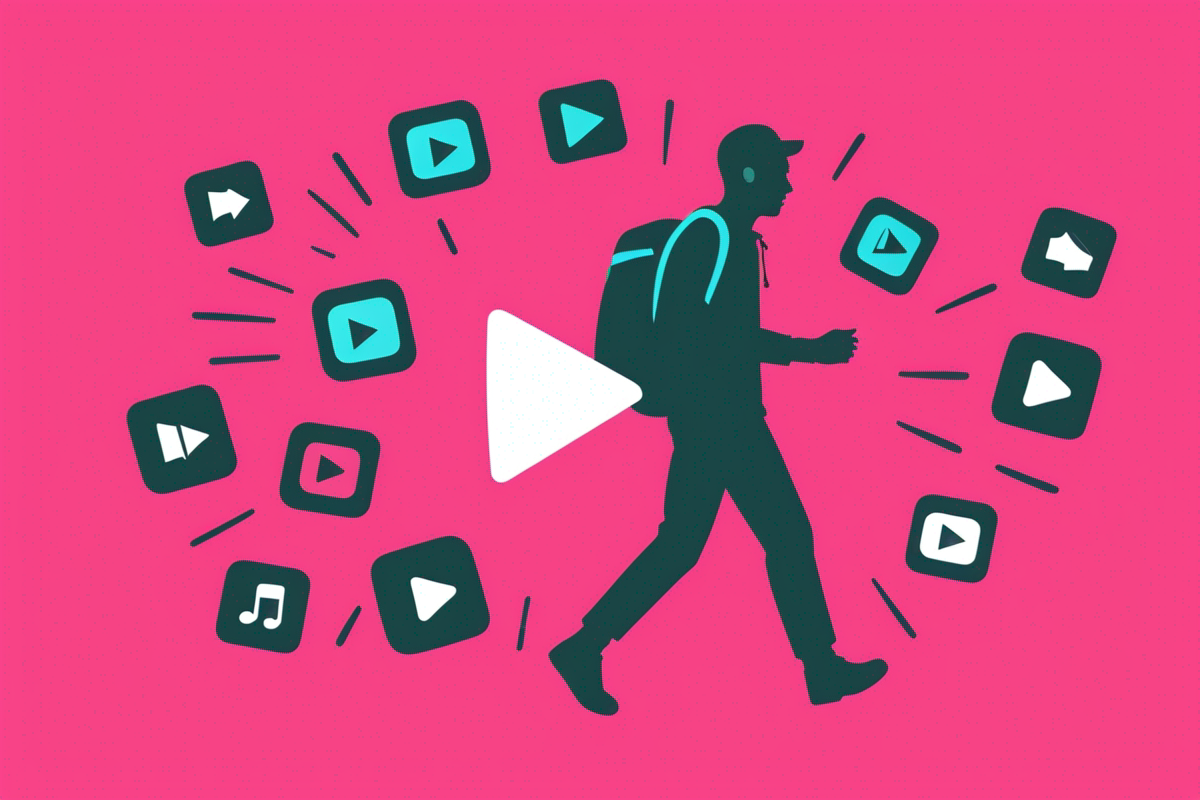
3. Downloading and converting a video under Fair Use is Legal
To understand Fair Use, it’s important to consult official government guidance, as the specifics vary by country. In summary, Fair Use is a legal defense that allows portions of copyrighted work to be used for purposes like commentary, criticism, news reporting, or education. This is how journalists and media companies reuse content in reports or broadcasts without violating copyright laws.
Whether downloading or converting YouTube content, Fair Use protections can apply in certain cases. Here are some key considerations for Fair Use:
- Educational and research purposes: A teacher downloading a YouTube clip to show in a classroom may qualify as Fair Use. For example, using a 30-second clip from a Kamala Harris speech to discuss public speaking techniques.
- Transformative content: If you're downloading a video to create something new, such as a parody, critique, or commentary, this could fall under Fair Use. For example, downloading a movie scene to create a reaction video where your commentary transforms the original content.
- Shorter sections of videos: Using small clips is more likely to fall under Fair Use than downloading an entire video, though this isn't a strict rule.
- Impact on the market: Your new content shouldn’t negatively impact the market for the original material. For instance, a review of a music album with short audio clips isn’t likely to reduce demand for the album itself.
Fair Use is not blanket permission to use copyrighted material. Each case is treated individually and there is no specific rule to follow for guaranteed safety.
In late 2024, Nintendo issued a copyright strike against a YouTube channel that reviewed emulation handhelds. The channel in question, Retro Game Corps, said it was considering filing a counterclaim because the video "was for educational use, transformative in nature, and had no effect on the market."
Nonetheless, the channel was forced to impose strict changes to its content strategy that involved blurring all Nintendo footage.
"It was a demonstration of a console no longer for sale (even the Wii U eShop is closed, so the company itself has no means of earning revenue from Wii U sales). However, I am reluctant to open that can of worms with a multi-billion dollar corporation, as their next step would be to file legal action."
Does Converting Content Help Fair Use Defenses?
No, converting content from one format to another does not explicitly make the new content safe under Fair Use. However, it could help as a step alongside other transformative aspects. These include adding original commentary, ensuring minimal impact on the original work’s market value, and using only as much of the content as necessary for its new purpose.
While you're in the Kapwing editor, you can easily continue transforming the content by recording video commentary, adding AI-generated images, removing a background, or uploading additional footage to create new, original work.
What Happens If You Break YouTube's Terms of Service?
Breaking YouTube's Terms of Service is not recommended, and it could result in various forms of punishment. The most common include:
- Warnings and Strikes: YouTube uses a three-strike system. For a first violation, you’ll often receive a warning with no penalty. Subsequent violations result in 'strikes', temporarily restricting your ability to upload, live stream, or post content.
- Content Removal: Three strikes within 90 days often lead to permanent account termination, although this could be extended across a much larger period. The chart below showcases the most common reasons why YouTube videos are removed.
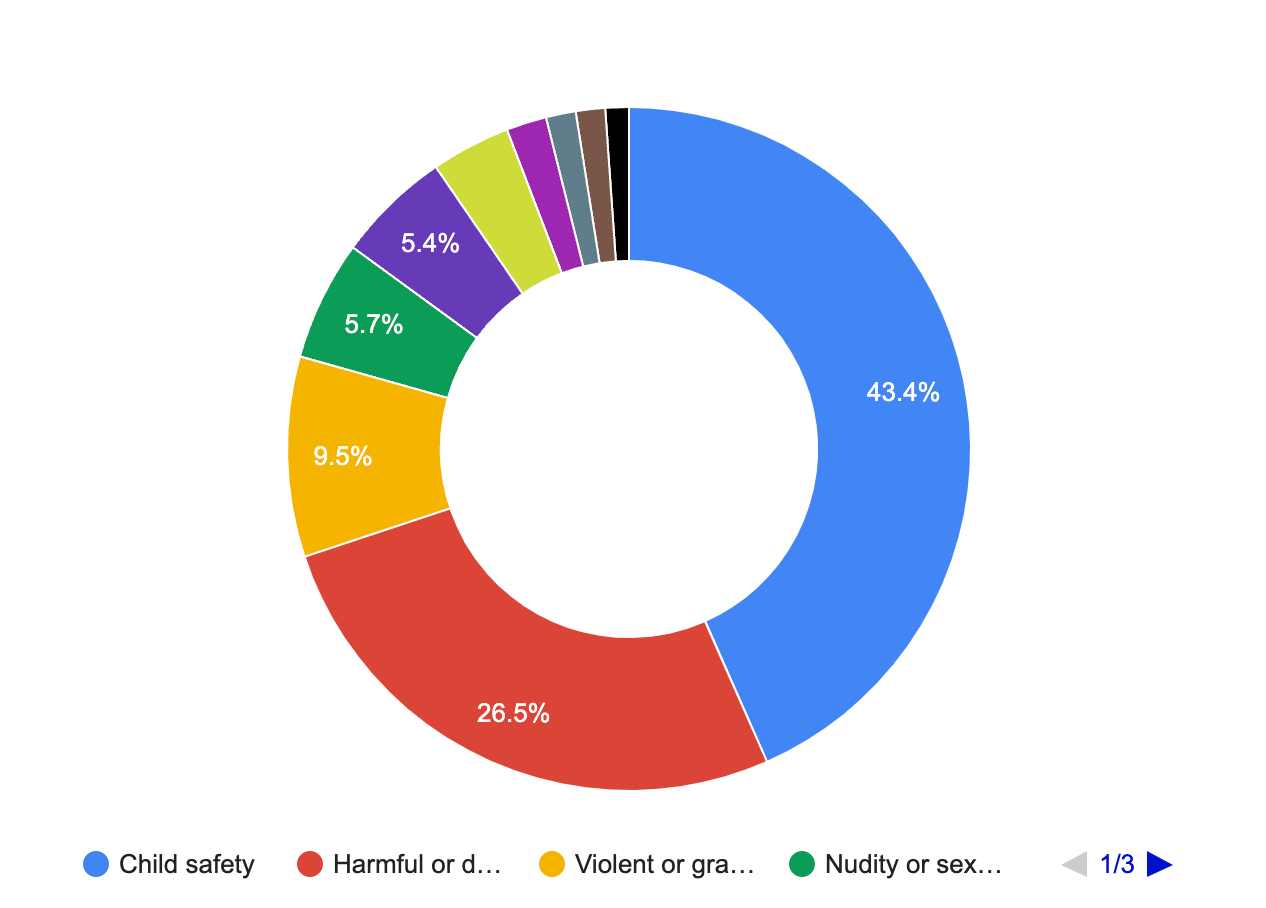
- Account Suspension or Removal: Serious or repeated violations can lead to account suspension or permanent termination — this includes cases of copyright infringement, spam, and other harmful activities.
- Monetization Loss: If you're part of the YouTube Partner Program, violations can lead to suspension or removal from monetization opportunities, impacting your ad revenue and any other sources of income from the platform.
YouTube takes policy violations seriously, removing over 15 million channels in the first quarter of 2024 alone. Interestingly, YouTube’s official transparency report reveals that only 0.1% of these removals (January to March 2024) were due to repeated policy violations.
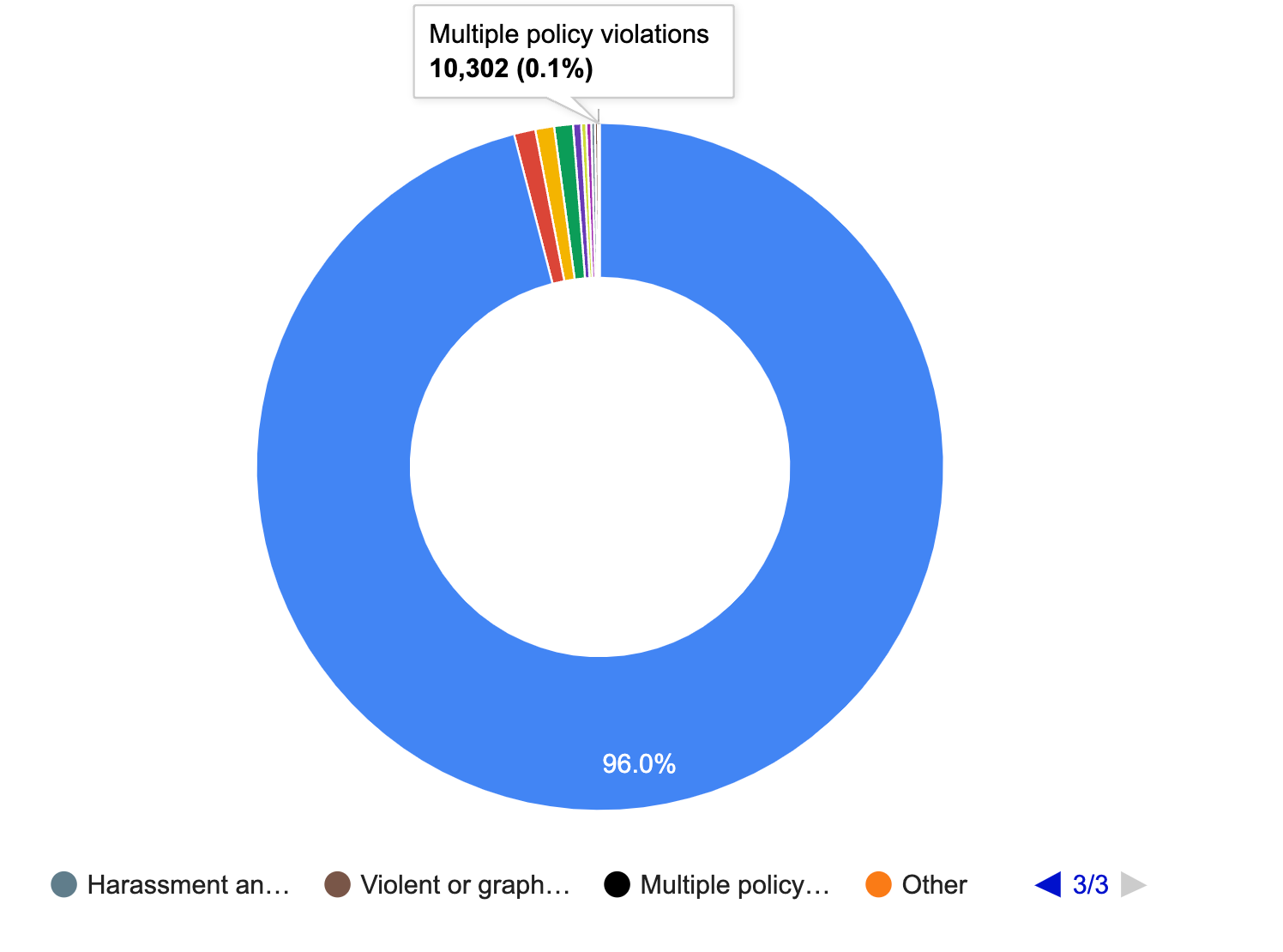
How Kapwing Can Help with Fair Use and YouTube Guidelines
Using screenshots could be a helpful workaround to support Fair Use claims and avoid YouTube penalties.
Screenshots demonstrate an intent to use a minimal portion of content rather than replicating it entirely. Taking a screenshot of a single frame for commentary showcases a clear strategy to use less of the original work as opposed to downloading the entire video.
Additionally, YouTube does not have a specific ruling prohibiting screenshots, meaning this method shouldn’t violate their Terms of Service.
Consider this scenario: if Kim Kardashian appeared on a 20-minute YouTube podcast and you split it into six unedited 3-minute YouTube Shorts, this would be viewed as a direct copy and likely wouldn’t qualify as Fair Use. However, if you took three individual screenshots to use in a written review of the podcast, this selective and transformative use would be more likely to qualify as Fair Use
Fortunately, Kapwing makes it easy to create screen recordings. Log into Kapwing.com and open the 'Record' tab on the left to capture the entire screen, a specific browser tab, or a selected screen area. You can even record your screen and camera simultaneously or record audio only, giving you the flexibility needed to create Fair Use content efficiently.









